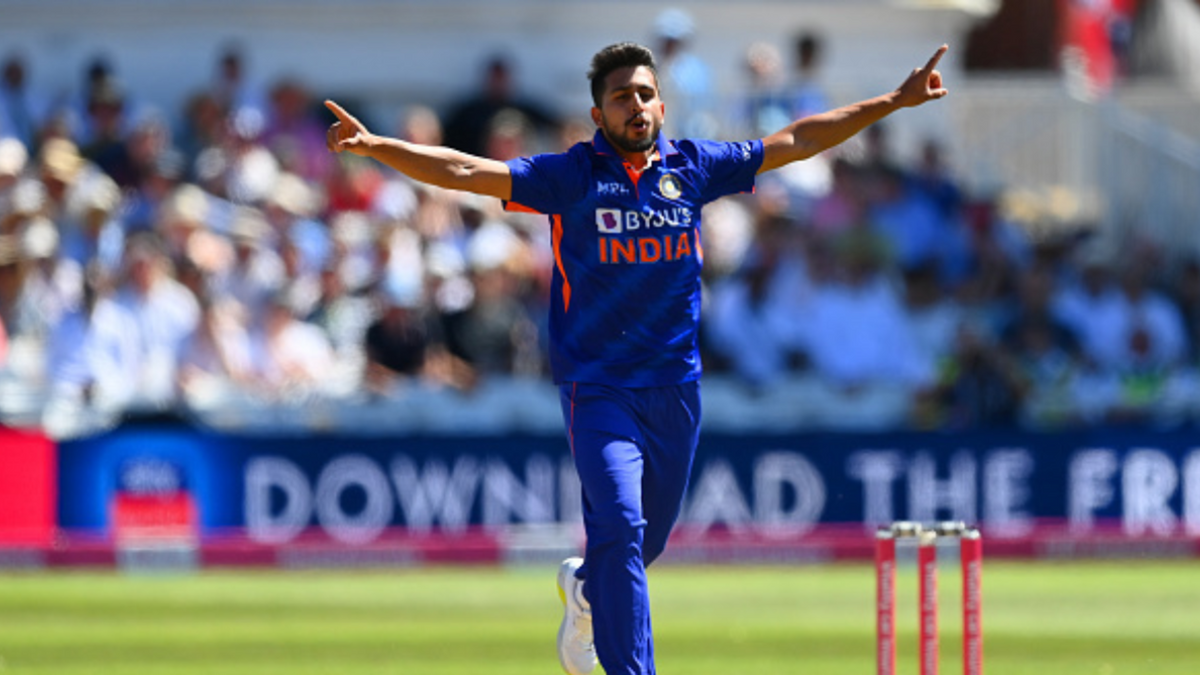
India will face West Indies in the first ODI of the three-match series from July 27 (Thursday). Here is the predicted XI for the side.
While the top-order picks itself, India will have a number of issues while selecting the spin and pace combination. The venue for the first ODI, the Kensington Oval in Bridgetown, Barbados, has offered equal assistance to the pacers and slower bowlers in the last five years. A lot will come down to how the pitch plays out. With an eye on the World Cup, India will also aim to zero in on the final squad.
India ODI squad: Rohit Sharma (c), Hardik Pandya (vc), Ishan Kishan (wk), Sanju Samson (wk), Virat Kohli, Shubman Gill, Suryakumar Yadav, Axar Patel, Ravindra Jadeja, Ruturaj Gaikwad, Yuzvendra Chahal, Kuldeep Yadav, Jaydev Unadkat, Umran Malik, Mukesh Kumar, Shardul Thakur.
Mohammed Siraj, originally in the ODI squad, has flown back home, the BCCI focusing on his workload management.
Openers
Rohit Sharma and Shubman Gill
The two pick themselves. Gill, for all his Test struggles, has been phenomenal in white-ball cricket this year and is well on his way to coming close to Sachin Tendulkar’s historic feat of scoring the most runs in a calendar year.
Kishan and Gaikwad are the other openers, but it is unlikely they will feature in the series. Gaikwad is India’s captain for the Asian Games, which will coincide with the World Cup and will not make the 15-member squad unless there are last-minute injuries.
While Kishan breaks the right-handed monotony in the top six, Samson offers more lower down the order in a traditionally top-heavy batting line-up.
Middle-order
Virat Kohli, Suryakumar Yadav and Sanju Samson (wk)
Virat Kohli is fixed at No.3, and unless a freak injury (don’t say it!), no one will displace him from the spot.
With Shreyas Iyer and KL Rahul injured, one more chance awaits Suryakumar. He has been unable to replicate his T20I magic in ODIs, and will enter the series with three successive first-ball ducks in the format. At the same time, he has the ability to change the game when he gets going. If either Rahul or Iyer fails to recover in time for the World Cup, he is probably India’s go-to middle-order back-up in the squad, perhaps even the XI.
Between them, India’s No.5 batters average 35 in ODIs over the last ten years, indicating a long-standing issue. Rahul has been excellent in the spot of late, but India also want options if his back injury does not heal fast enough. Samson has an exceptional record against spin and can tackle the middle overs.
The debate between Kishan and Samson is not about the better wicketkeeper. It is, instead, between an opener, the position of which is filled, and a middle-order batter, for which reliable candidates are few. It is not or here, but what works for India instead.
All-rounders
Hardik Pandya, Ravindra Jadeja, Shardul Thakur
Hardik and Jadeja will provide balance to an XI full of batters who seldom bowl and bowlers who are not great with the bat.
Thakur’s place in the XI for the first West Indies ODI may depend on the track. If the slower bowlers get more aid, Axar may be slotted over him, with three quicks, including Hardik, proving enough.
Bowlers
Kuldeep Yadav, Umran Malik, Mukesh Kumar
Umran should edge ahead of the other specialist pace bowlers in the squad, keeping the World Cup in mind. He has the pace that may make a difference at the World Cup, and giving him match practice makes sense.
Siraj’s absence will also force India to pick one of Mukesh and Unadkat. Named in the Asian Games squad, Mukesh is not in World Cup contention, while Unadkat did not impress in the Test series. However, after a reasonable debut on a flat wicket, Mukesh probably holds the edge.
Kuldeep edges ahead of Chahal after his second coming has reaped rich rewards. Kuldeep averaged 72.25 in ODIs across 2020 and 2021, but that number reads 24 since the start of 2022. Slight technical changes, including altering his run-up angle, have allowed him to bowl quicker, which helps him get the revolutions needed to outfox the batters.








